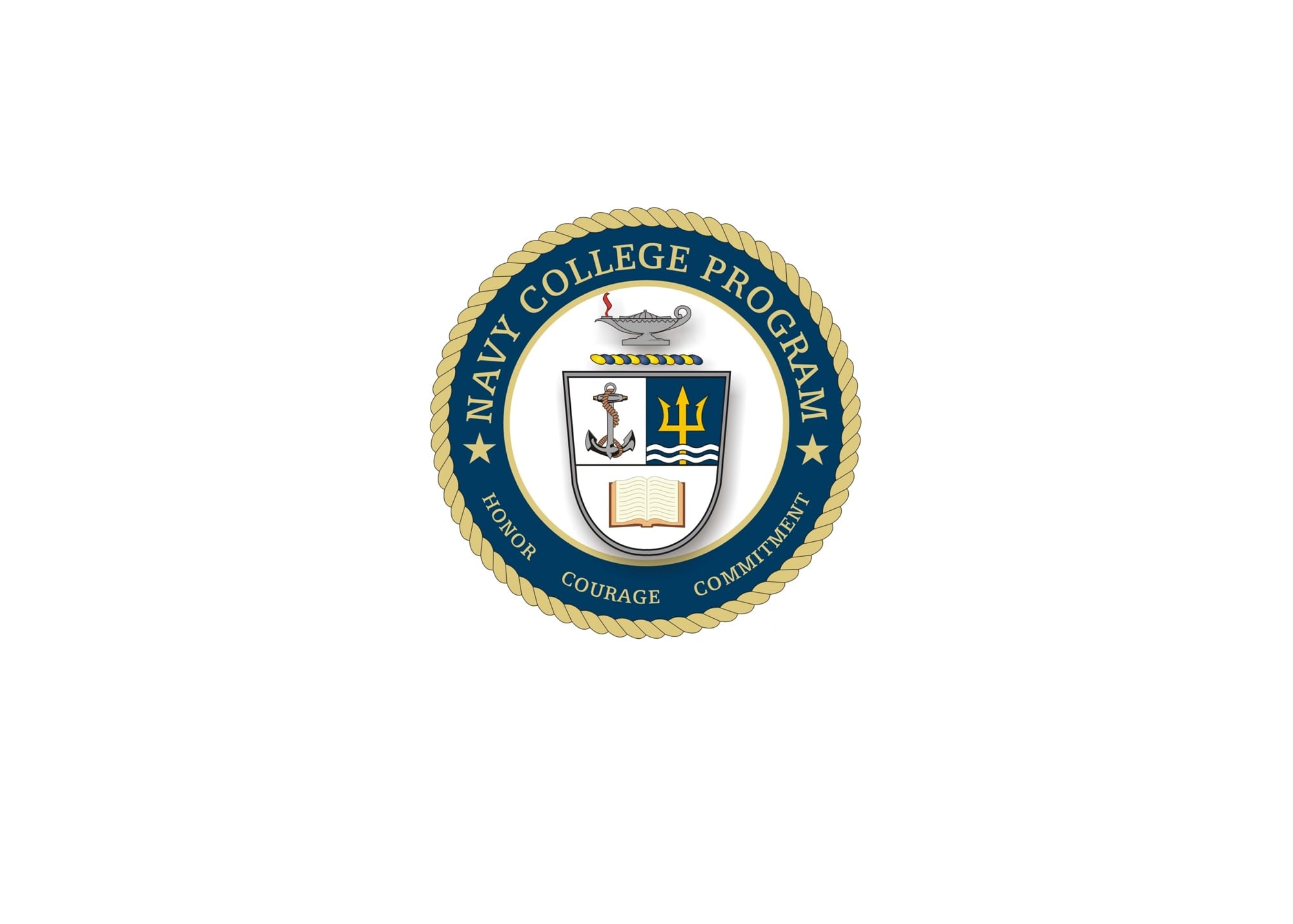For sailors wanting the Navy to pay for more college courses, your prayers have been answered. Navy officials are eliminating service specific credit caps, allowing sailors to take more college classes.
Many in the service have pushed back in recent years against the Navy’s long-standing TA limits, along with tightening rules related to tuition assistance over the last decade-plus.
It’s another sign that as the Navy prepares to grow by 20,000 by the end of fiscal year, 2023, Vice Adm. Robert P. Burke, chief of naval personnel, is pulling out all the stops to keep sailors in the ranks.
In the past six months, Burke has expanded up or out tenure limits and increased re-up bonuses. And in the past month, through a series of messages, has put a full-court press on commands to concentrate more on retention on a daily basis by being more responsive to sailors’ needs at the deckplate level.
RELATED

“Higher education opportunities lead to a more capable and engaged sailor who thinks in terms of the bigger Navy team,” Burke wrote in NavAdmin 127/18 released May 21, announcing the changes.
“Maximizing TA opportunity is an investment in our sailors, and is consistent with our message that learning and professional growth are not only available, they are expected of senior leaders.”
Starting June 1, the Navy’s 16 credit annual cap per fiscal year goes away. In its place, sailors can now use TA up to the Department of Defense fiscal year funding cap of $4,500 that comes with no credit hour limits.
Under the old rules, the Navy would only pay up to $4,000 per fiscal year, which amounts to 16 credits at $250 per credit hour.
Burke says by eliminating credit limits and giving them $500 more each fiscal year to spend, he’s giving sailors the flexibility to make more college decisions on their own.
RELATED

The Department of Defense rules established limits, currently set at $250 per semester hour, $166.67 per quarter hour, or $16.67 per clock hour up to the yearly 4,500 cap.
“Sailors with currently approved education plans at high cost schools may benefit from comparison shopping to get better value under this expanded authority, potentially save money, and preserve GI Bill benefits if they have been constrained by previous limits,” Burke said.
Any costs above $250 per credit or the $4,500 spending cap, as well as fees, books, and instructional materials, will have to be paid for out of the pocket.
For those who’ve already reached the old cap level this fiscal year, Burke said that they can be funded for more courses, but won’t be reimbursed for anything they’ve already paid out of pocket.
All the rest of the Navy’s TA rules remain in place.
To even take courses, sailors must have their command’s permission to take classes and need to have a degree plan on file with the Navy as to their education goals.
Sailors must pass their courses with a C or better for undergraduate courses and a B or better for graduate courses. Any failing grade will require repayment of any TA money for that course to the Navy.
And there’s plenty of money left to spend, as well.
According to defense officials, the Navy’s budget for TA this fiscal year is $85.2 million. As of May 20, they’ve spent $63.7 million, funding roughly 34,500 sailors for a total of 91,000 courses.
Last year, the Navy spent a total of $85.2 million and funded 42,000 sailors for 130,000 courses.
More information can be found in NavAdmin 127/18.
Mark D. Faram is a former reporter for Navy Times. He was a senior writer covering personnel, cultural and historical issues. A nine-year active duty Navy veteran, Faram served from 1978 to 1987 as a Navy Diver and photographer.




